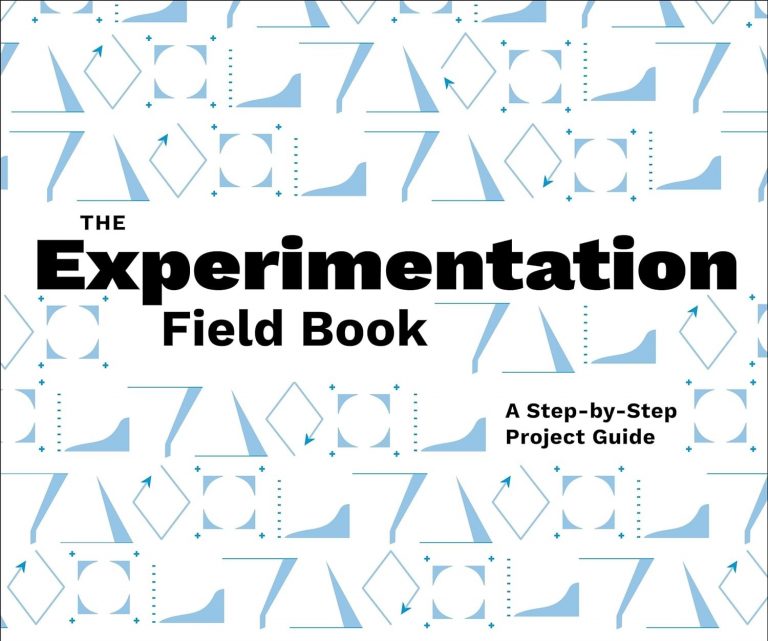UX Curve: A method for evaluating long-term user experience
UX Curve: A method for evaluating long-term user experience
Sari Kujala (a), Virpi Roto (b), Kaisa Väänänen-Vainio-Mattila (a), Evangelos Karapanos (c), Arto Sinnelä (a)
a) Tampere University of Technology, Finland
b) Nokia Research Center, Finland
c) Eindhoven University of Technology, Dept of Industrial Design, Netherlands
Article in Press – Elsevier – Interacting with Computers
—————
The goal of user experience design in industry is to improve customer satisfaction and loyalty through the utility, ease of use, and pleasure provided in the interaction with a product.
So far, user experience studies have mostly focused on short-term evaluations and consequently on aspects relating to the initial adoption of new product designs. Nevertheless, the relationship between the user and the product evolves over long periods of time and the relevance of prolonged use for market success has been recently highlighted.
In this paper, we argue for the cost-effective elicitation of longitudinal user experience data. We propose a method called the ‘‘UX Curve’’ which aims at assisting users in retrospectively reporting how and why their experience with a product has changed over time. The usefulness of the UX Curve method was assessed in a qualitative study with 20 mobile phone users. In particular, we investigated how users’ specific memories of their experiences with their mobile phones guide their behavior and their willingness to recommend the product to others.
The results suggest that the UX Curve method enables users and researchers to determine the quality of long-term user experience and the influences that improve user experience over time or cause it to deteriorate. The method provided rich qualitative data and we found that an improving trend of perceived attractiveness of mobile phones was related to user satisfaction and willingness to recommend their phone to friends. This highlights that sustaining perceived attractiveness can be a differentiating factor in the user acceptance of personal interactive products such as mobile phones.
The study suggests that the proposed method can be used as a straightforward tool for understanding the reasons why user experience improves or worsens in long-term product use and how these reasons relate to customer loyalty.




The “curve” suggests that user and product are viewed as subject and object — and that some form of proximity exists. Hence the “curve.”
Given the degree to which users “own” their phones, I’d be curious to know where the psychological factors of ownership and experience come into play. The more a user uses his/her phone; the more it becomes his/hers; the less it is a product and the more it is a personal possession.
This changing relation would suggest another possible explanation for user experience satisfaction: the degree to which a “product/object” becomes personal, that is, becomes an extension of personal uses and interests, the more personal the satisfaction. In short, the more “subjective” the product potential (on a spectrum from subject – object).
My guess is that the curve describes a change of relation (product/object to subjective/use) and that it is in uses, not objects, that we will find the experiential potential of these kinds of objects.
Hi there
You could try a solution like http://nativeye.com/ for plotting the points on your UX Curve. It’s just the sort of thing we built it for.
Happy to chat more if of interest
Ben